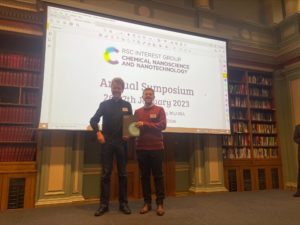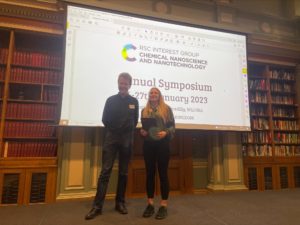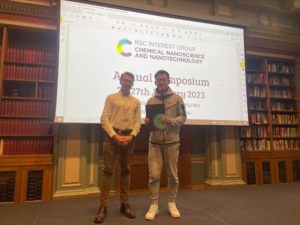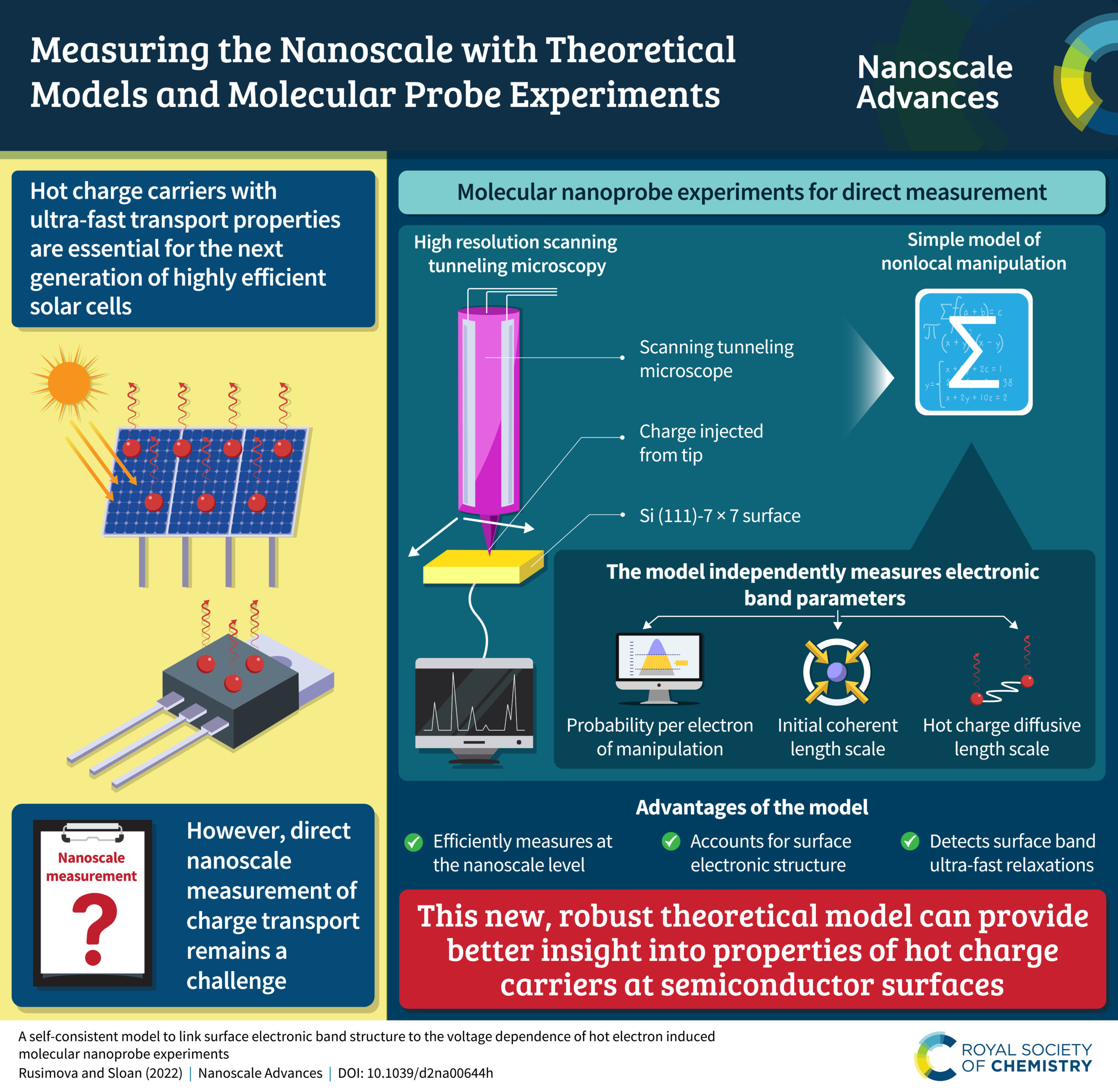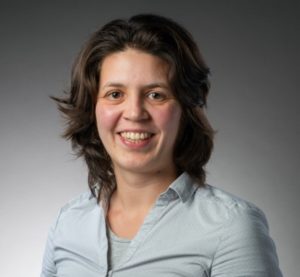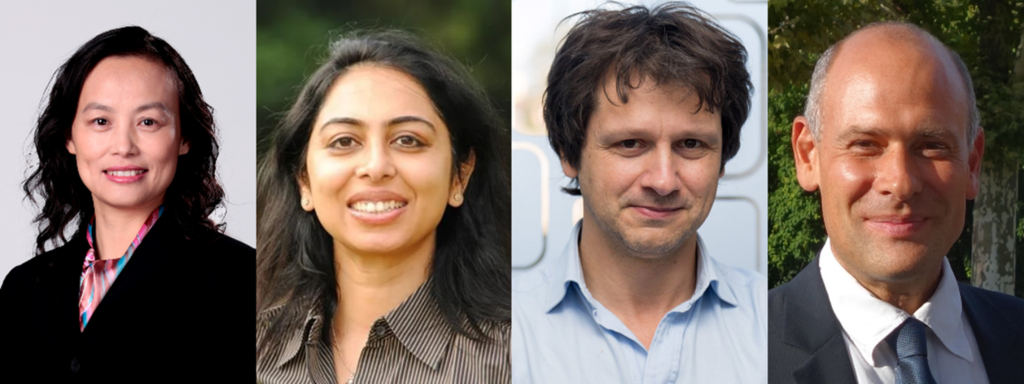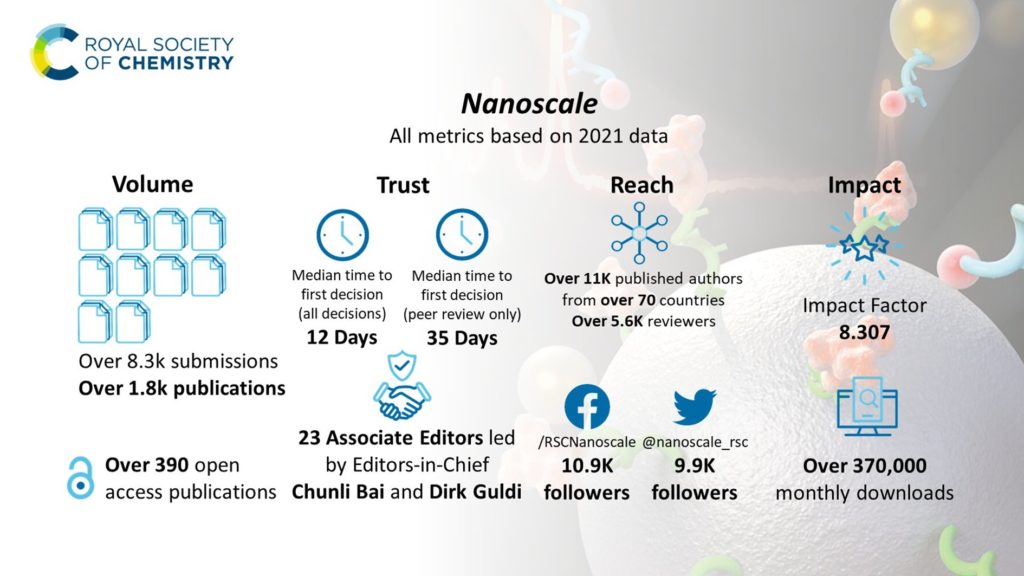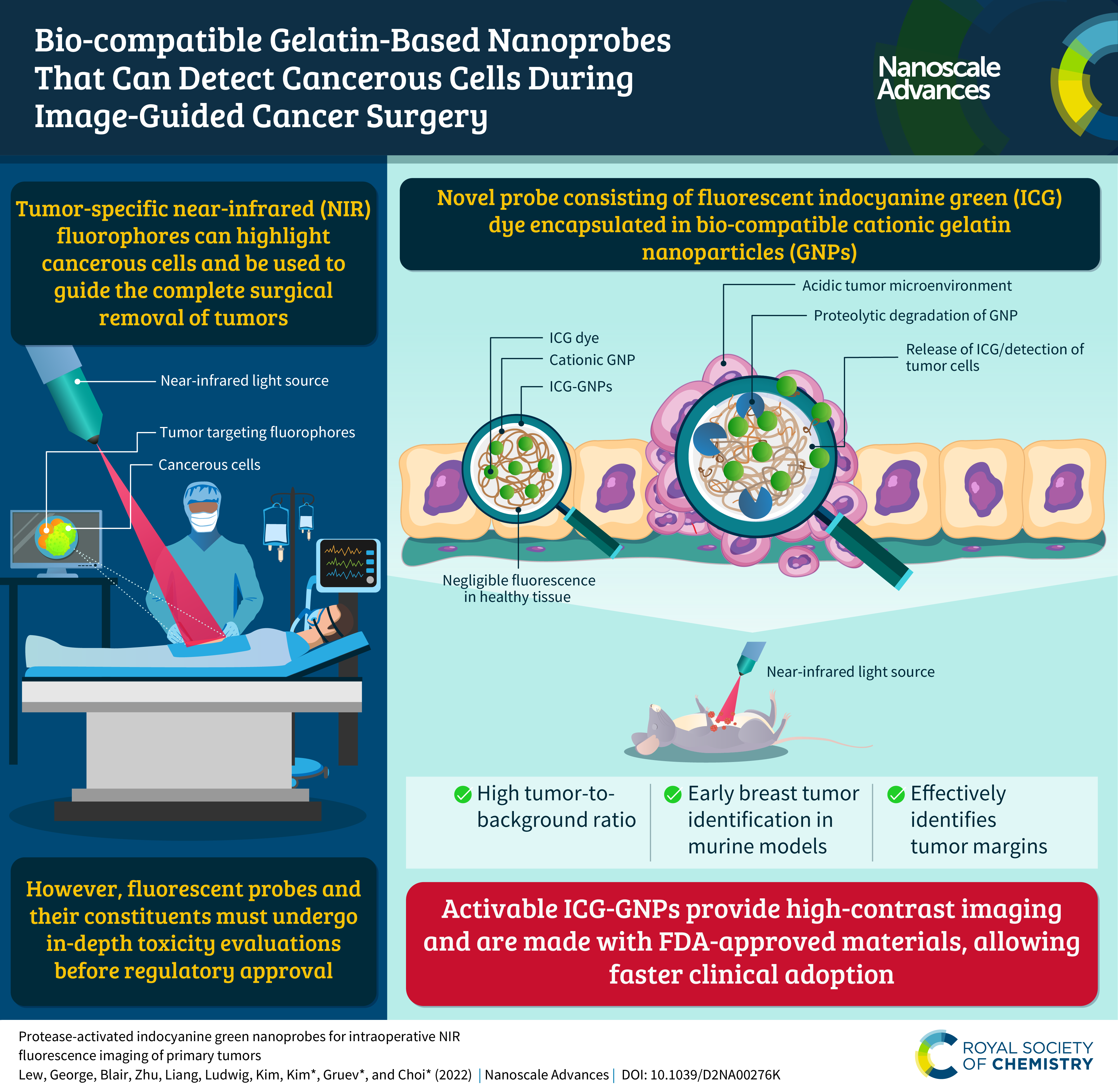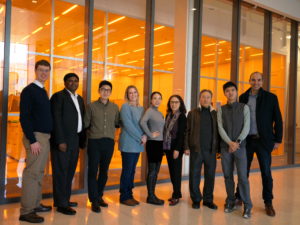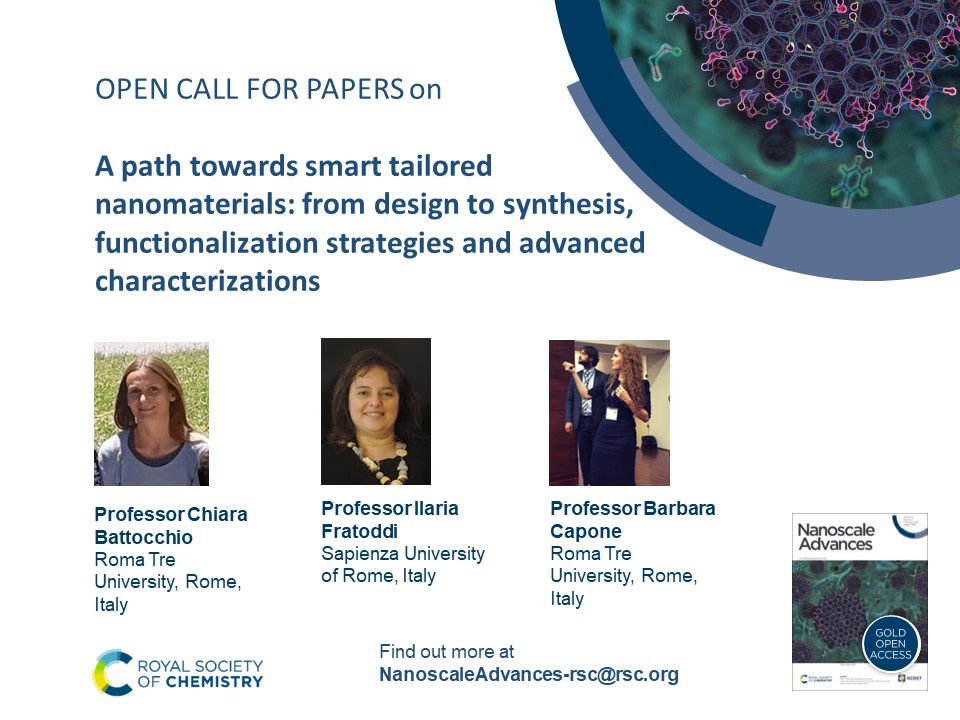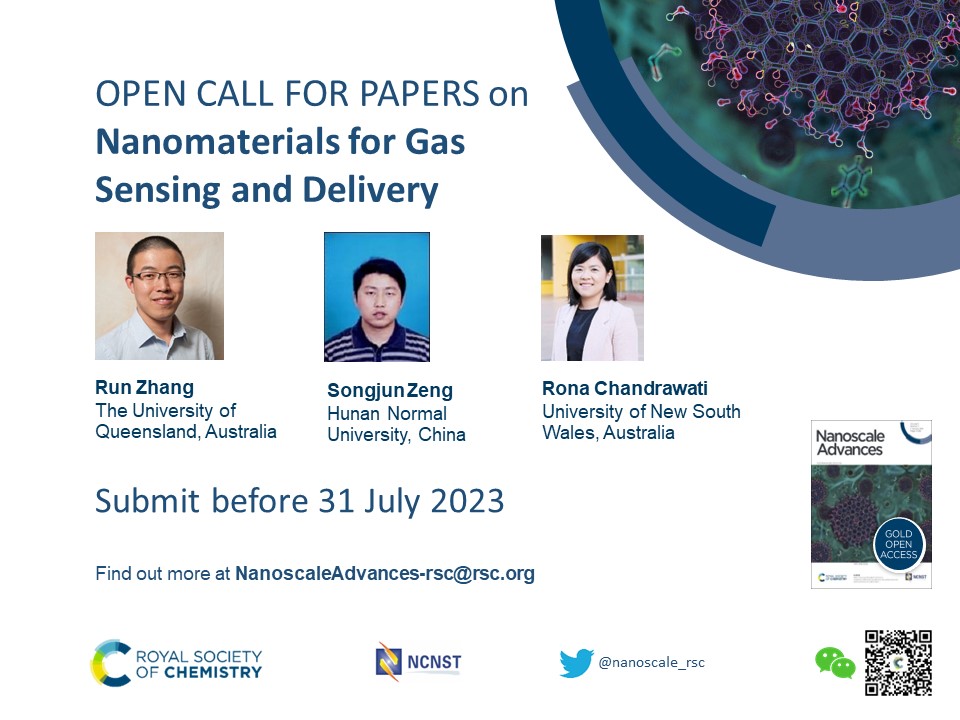We are delighted to introduce a new themed collection in Nanoscale Advances and welcome you to submit your latest quality research!
Guest Editor: Hao Jing (George Mason University, USA)
Submit before 1 September 2023
Topics of interest in this collection include (but not limited to):
- Synthesis and characterization of plasmonic nanomaterials (noble metals and semiconductors) with tuneable optical and/or photocatalytic properties, including light-adaptive plasmonic hydrogels and plasmonic metal-organic-frameworks (MOFs).
- Single molecule/particle spectroscopy development with plasmonic hybrid nanostructures.
- Electrocatalysis with multicomponent plasmonic nanostructures at either ensemble or single-particle level.
- Interactions of novel plasmonic nanoparticles with their molecular environment, such as biological fluids and proteins.
- Hierarchical nanostructures or assemblies of plasmonic nanoparticles with collective properties in optics, spectroscopies, catalysis, actuation, and biological sensing.
- Chiral plasmonic nanostructures with controlled shapes and morphologies.
- Photothermal cancer therapy and biomedical imaging with plasmonic nano-architectures, such as super-resolution fluorescence, ultrasound and photoacoustic imaging related to human health.
- Theoretical understanding of nanoplasmonics with emerging numerical simulation methods.
You are welcome to submit an original research article within the scope.
If you are interested in contributing to this collection please get in touch with the Editorial Office by email.
Manuscripts should be submitted via the Royal Society of Chemistry’s online submission service and the Editorial Office informed by email. Please add a “note to the editor” in the submission form when you submit your manuscript to say that this is a submission for the themed collection. The Editorial Office and Guest Editors reserve the right to check suitability of submissions in relation to the scope of the collection and inclusion of accepted articles in the collection is not guaranteed. All manuscripts will be subject to the journal’s usual peer review process. Accepted manuscripts will be added to the online collection as soon as they are online, and they will be published in a regular issue of Nanoscale Advances.
Please note that article processing charges apply to all articles submitted to Nanoscale Advances if, following peer-review, they are accepted for publication. Details of the APC and discounted rates can be found here.












